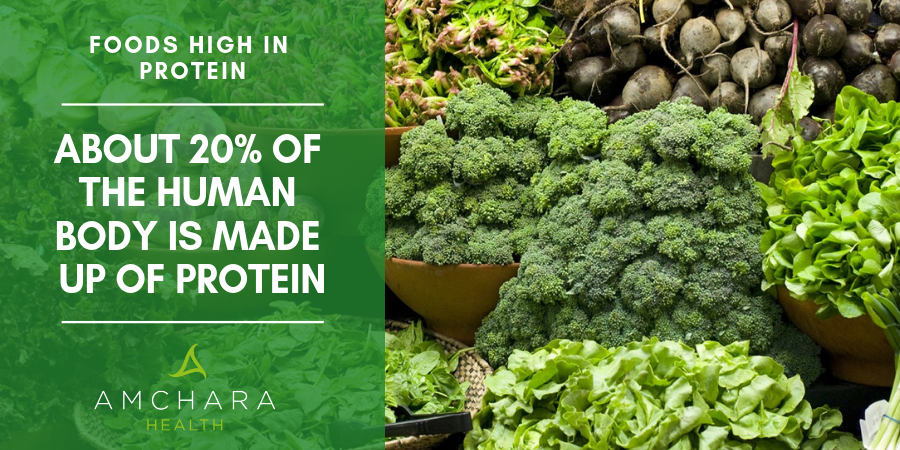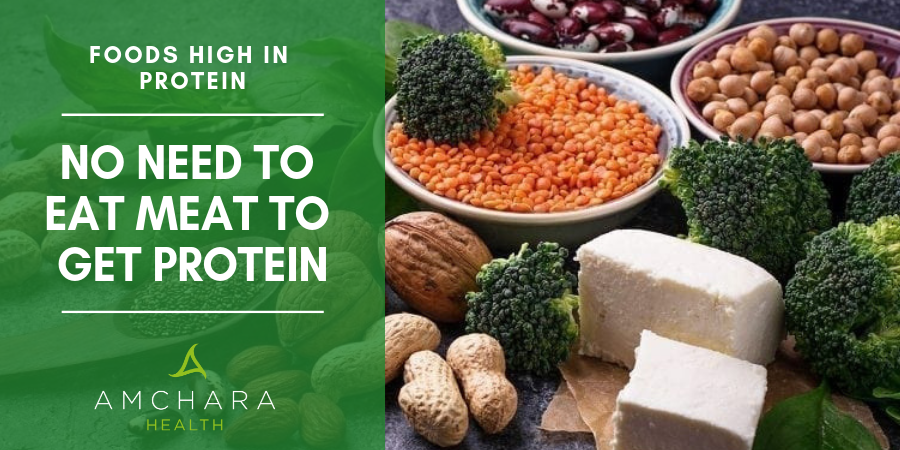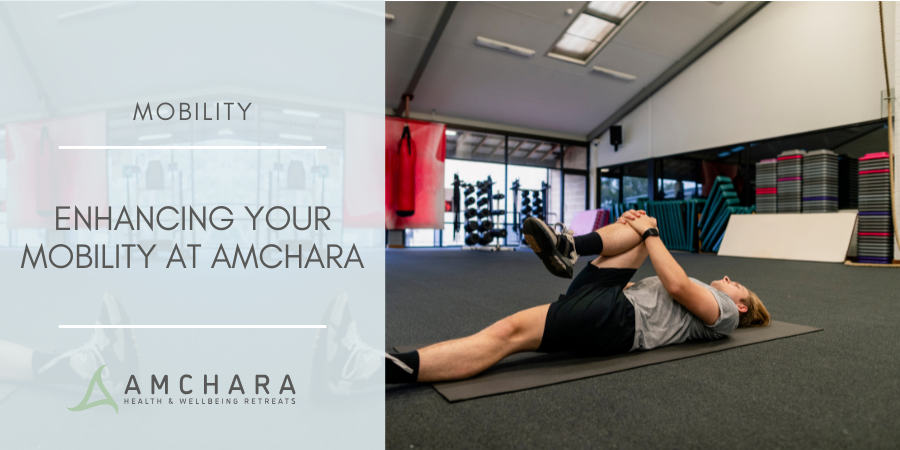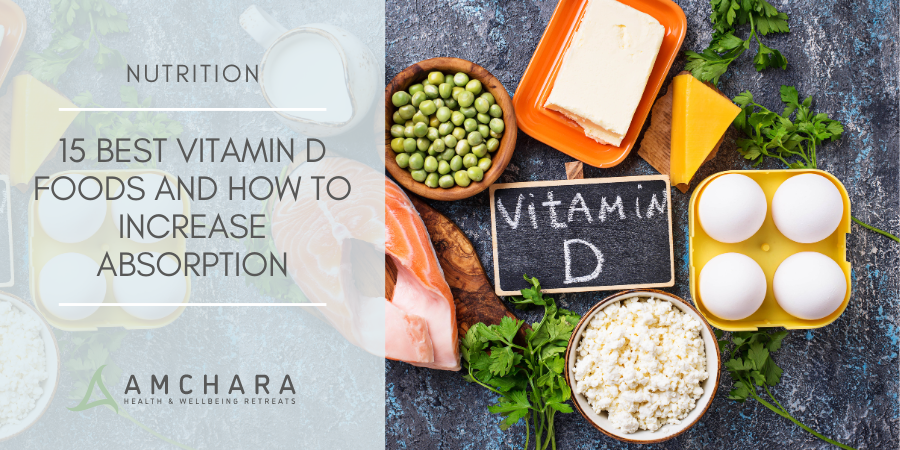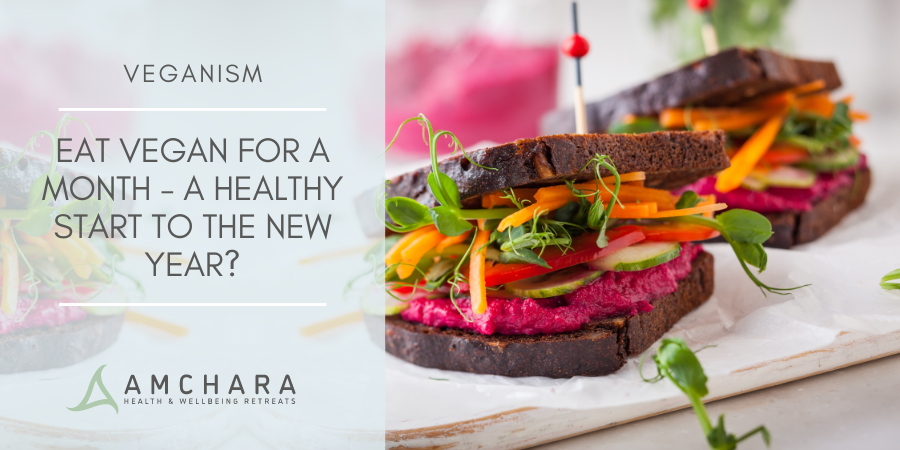Topics Covered in this article:
Proteins are one of the most abundant organic molecules in the human body and yet we don’t need nearly as much as we actually eat.
Learn how much you do need, where to obtain the highest quality sources and some recipe ideas.
What are proteins and why do you need them?
Protein is an essential macronutrient and the word itself is derived from the Greek word ‘proteios‘, which means primary.
This makes sense because after water, protein is the most plentiful substance within the human body.
Proteins come in all different shapes and sizes and this is because they perform such a variety of functions in the body.
Each one has a unique and specific job ranging from catalysing reactions in the body to transporting oxygen and transmitting messages between cells. (1)(2)
The human body contains around 30-50,000 unique proteins, (4) which are made up of molecules called amino acids.
Without protein you wouldn’t have hair, muscles, nails, tendons or ligaments.
They are involved in the body’s growth, development and function. (3)
Examples of proteins and their functions:
| Enzymes | Enzymes are proteins that facilitate almost all of the thousands of chemical reactions that take place in cells. For example, digestive enzymes in your stomach help to break down food. |
| Antibodies | Antibodies are proteins produced by the immune system to help remove foreign substances and fight infections. |
| DNA proteins | DNA-associated proteins regulate chromosome structure during cell division and/or play a role in how your genes are expressed. |
| Hormone proteins | Hormone proteins co-ordinate bodily functions e.g. Insulin controls your blood sugar levels by regulating the uptake of glucose into cells. |
| Structural proteins | Structural proteins provide support in your body e.g. Collagen and elastin are proteins that make up your connective tissues such as the skin and blood vessel walls. |
| Contractile proteins | Contractile proteins are involved in muscle contraction and movement. Your heart relies on these proteins. |
| Transport proteins | Transport proteins move molecules within cells and around your body, e.g., haemoglobin transports oxygen through the blood. |
| Messenger proteins | Messenger proteins (which include some types of hormones), transmit signals to coordinate biological processes between different cells, tissues, and organs. |
How much protein should you eat?
Although your body is capable of manufacturing some amino acids (the building blocks of protein), the remaining must come from your diet.
Those you cannot produce are known as ‘essential amino acids’. (1)
How much you need is determined by your body weight, and is usually considerably less than most people actually consume on a daily basis.
As a general guide, adult women need between 45-50 grams a day, and adult men need approximately 60-65 grams a day.
If you want a more exact calculation you just need to multiply .36 by your weight in pounds, which will calculate the total grams of protein you require each day.(4)
So for instance, a woman weighing 118 pounds would need 43g protein per day.
- .36 x 118 = 43
Gauging just how much protein you are consuming in your diet can be a little confusing because foods you might think are just protein, also contain fat and the foods you think are just carbohydrates, also contain protein not to mention salt, water, fibre, vitamins and minerals.
Here are two examples:
- 100g kidney beans contain 15g protein, 40g carbohydrates and 0.8g fat (5)
- 100g lean sirloin steak contains 21g protein and 6g fat (6)
No need to eat meat!
Although meat and animal products still remain one of the most popular sources of protein worldwide, there is a strong movement towards eating less meat and consuming more plant-based foods.
Whilst meat and its derivatives are an excellent source of protein, as you can see from the examples above adequate levels of protein can be sourced from plant foods.
In fact evidence suggests that including plant-sourced proteins in your diet instead of meat can lower the risk of several diseases (7)
However if you are a vegetarian or vegan you do have to ensure your diet contains all of the essential amino acids.
Different foods contain different combinations of amino acids and whereas proteins from animal sources contain the complete range of essential amino acids needed by the body not all plants based foods do.
This is easily remedied by combining a range of protein rich foods in your daily diet, such as pulses, vegetables and whole-grains. (8)
However, sometimes these foods contain more than just protein so it’s important to consider the additional components, which may not be so healthy.
Protein rich food sources may also contain fat, salt, additives, preservatives, sugar etc.
These ‘extra’s are more often found in processed and packaged foods.
To obtain healthy high quality proteins it’s best to stick to natural whole foods.
High quality sources of plant based protein (9)
| Brown Rice | Bulgur Wheat |
| Lentils | Kamut |
| Green Peas | Teff |
| Nuts | Quinoa |
| Seeds | Wild Rice |
| Chickpeas | Millet |
| Beans | Couscous |
| Grains | Oatmeal |
| Guava | Buckwheat |
| Avocado | Cornmeal |
| Apricots | Spelt |
| Blackberries | Amaranth |
| Raspberries | Pearl Barley |
| Spinach | Sweet Corn |
| Dark Green Leafy Vegetables | Mushrooms |
| Baked Potatoes | Spirulina |
| Brussel Sprouts | Artichokes |
| Broccoli | Sweet Potatoes |
| Asparagus | Tofu |
High quality sources of animal based proteins: (10)
| Beef | Fish |
| Pork | Seafood |
| Lamb | Egg |
| Rabbit | Milk |
| Veal | Yoghurt |
| Turkey | Cheese |
| Duck | Quail |
| Chicken | Wild boar |
| Pheasant | Venison |
| Goose | Buffalo |
Creative cooking is the answer
If you are already a non-meat eater or planning on reducing the amount of meat you eat, you might need to up your menu planning skills to make sure you’re getting a good balance of amino acids.
Here are a few examples of how you can put together complete protein meals:
- Lentil and aubergine curry with quinoa
If you’re a curry lover you have to try this delicious protein combo.
Swopping the traditional accompaniment of basmati rice for quinoa gives you an extra helping of a complete protein.
You can find a quick, easy to follow recipe at ‘ohmyveggies‘ website
- Mexican black bean hash
Full of flavour and bursting with protein. Try Phoebe’s gluten free recipe
- Sweet potato and chick pea soup
The perfect winter warmer and this recipe provides all of the essential amino acids your body needs. Karissa at the organic authority shares her recipe.
- Buckwheat pancakes (gluten and dairy free)
Buckwheat is a complete protein, so once you’ve whipped up a few of these you can put whatever you want on top. Simple! Check out Ashley Adams’ recipe
- Poached eggs on sourdough toast
For days when you can’t be bothered to chop and slice, eggs are a complete protein and so tasty especially when they’re oozing over crusty sourdough toast.*
*At Amchara we generally advocate a wheat/gluten free diet, but if you occasionally feel the need to succumb, Sourdough may be one of the best options.
It provides additional protein and the long fermentation process using wild yeast and lactobacillus helps to neutralise phytic acid and degrade some of the gluten that causes discomfort for many people. (11)(12)
READ THIS NEXT:

